“Manege” turned into a Soviet house of culture
[ad_1]
The idea of people’s houses, where everyone could find something to their liking, appeared at the end of the 19th century, but it took shape and massively spread throughout the country since the Soviet era. Houses of culture have become a symbol and sign of the era. It is also symbolic that, comprehending this phenomenon, the organizers of the exhibition made the central fragment of Lenin’s sculpture, which was supposed to crown the House of Soviets, which they were going to build on the site of the demolished Cathedral of Christ the Savior, a three-meter ear.
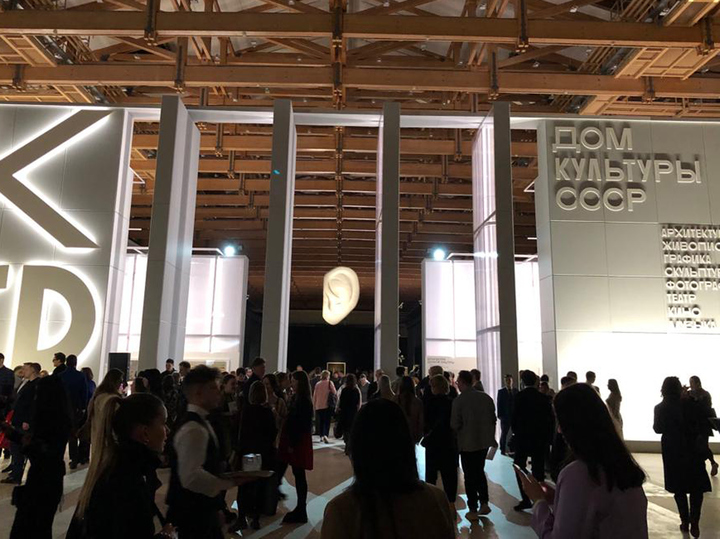
– We are not just nostalgic about our past, we continue to live in these unique spaces. Thousands of recreation centers, restored and renovated over the past three years, continue to open their doors, – reported the Minister of Culture Olga Lyubimova at the opening of the project, organized by ROSIZO, led by Olga Galaktionova.
Moscow’s Minister of Culture Alexander Kibovsky quoted Lenin’s quote in full, usually truncated to: “Art belongs to the people.” And in full form there is a deeper meaning. In general, the Soviet idea – “We are ours, we will build a new world” – is back on horseback. And the exhibition at the Manezh is not just a project dedicated to the 100th anniversary of the USSR, which shows a cross-section of Soviet culture, bringing together its main arts (although the decorative section, the most massive for Soviet recreation centers, has remained forgotten), but also a setting for our new times.
The time has come to restore and restore, to focus on “the principles of justice, respect for man, on what today is called spiritual and moral values,” – let’s add one more quote from Kibovsky.

The Soviet Palace of Culture of the New Age glows with a neon white sign, luring you into its cultural labyrinths. In each room-section you can find something well-known, but there are also rare exhibits.
In the picturesque “circle”, which is supervised by the head of the department of the latest trends of the Tretyakov Gallery, Irina Gorlova, for example, you can find a rare portrait of Dmitri Shostakovich by Joseph Serebryany. “This is the greatest Russian composer of the 20th century, who was overshadowed by all possible titles, regalia, and delivered from the podium those speeches that he was ordered to make in order to have the right to create,” comments the director of the State Tretyakov Gallery Zelfira Tregulova.
The section is built on the principle of yin-yang. On the bright side is the art of the 1960s avant-garde artists, who had to create on the table: here, for example, the non-objective space painting by Yuri Zlotnikov and the compositions of Rimm Zanevsky-Sapgir.
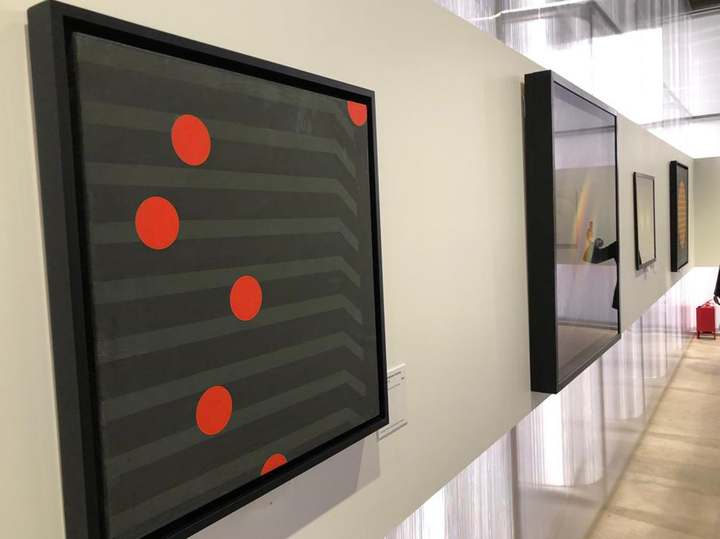
The art object of Francisco Infante “The Birth of the Vertical” attracts attention, where the vertical is built from horizontal lines and you can feel this movement. A very appropriate statement made by the artist back in 1962, also in the context of the current project.
In the hall with dark walls there are paintings by official artists, who, by the way, also went through a difficult path and were not always favored by the authorities – socialist realists Geliy Korzhev and Viktor Popkov. Despite the ideological proletarian attitude, their painting also feels the breath of the first wave of the Russian avant-garde, branded in the 1930s as “formalism”.
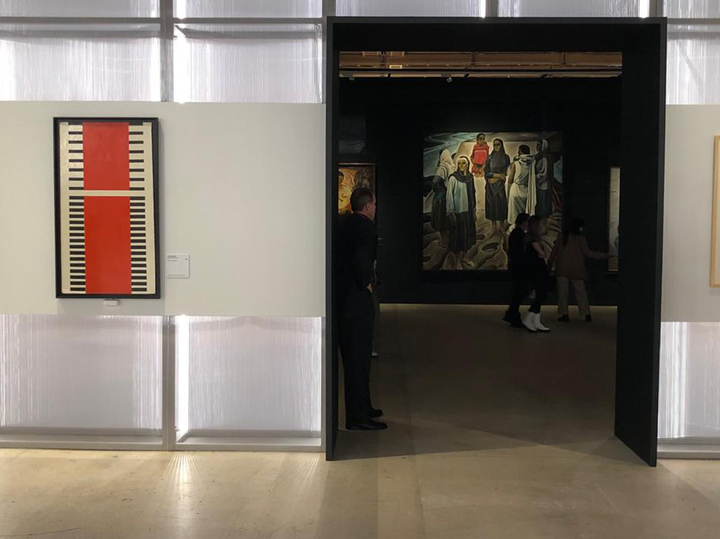
The first sections set the tone for the exhibition. These are paper architectural designs of the 1920s and 30s, in which artists think in terms of cosmic dimensions and design a new life for society with sincere dedication. On the right hand is the photography section, in which a darkroom, rare cameras of the early 20th century and photographs of Yevgeny Khaldei, who, like no one else, was able to vividly illustrate the people’s rejoicing and enthusiasm that accompanied the construction of a new world. On the left is the section of children’s illustration, which not only brought up everything good and eternal in the pioneers, but also gave money to many artists who could not do what they wanted (this is not explained, but implied).
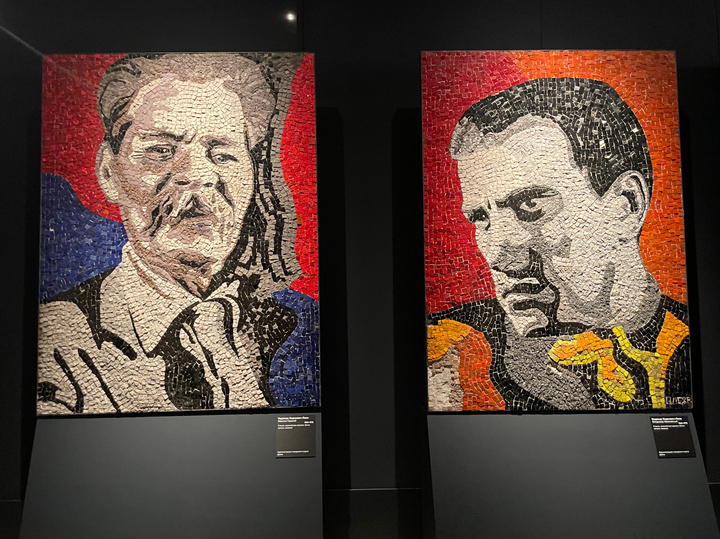
The gaze stops at a huge three-meter ear. The view of it opens from an exciting angle – the viewer comprehends the art object, standing between naked sculptures and frescoes with images of Maxim Gorky and Vladimir Mayakovsky. Around the ear are numerous versions of the Palace of Soviets, which was supposed to be built on the site of the blown up Cathedral of Christ the Savior.
The ear is an element of the well-known project of Boris Iofan, which was supposed to become almost the largest building in the world (415 meters high, along with the sculpture of Lenin) and symbolize the victory of socialism. But this project was one of many – the rest, lesser known, spread around the all-hearing ear.
Below it is another iconic theme of the era – the projects of Lenin’s mausoleum. Not only Aleksey Shchusev developed a ziggurat for the leader of the peoples. Everyone sent their ideas to the very top. Here, for example, is a sketch by the artist Berkutov, where the acropolis resembles both a lighthouse and a sand castle. Or a sketch by student Prokhorov, similar to a border or prison checkpoint with a red star…
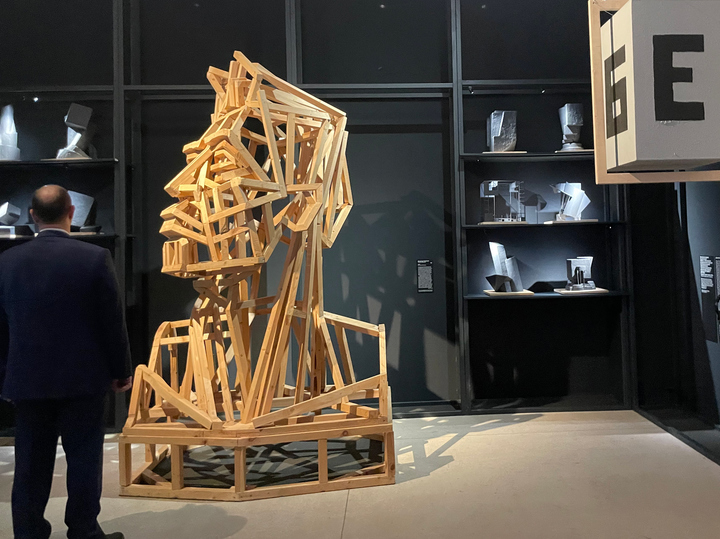
From the most monumental of the arts, we find ourselves in the most massive – in the music, theater and film sections. In the “music circle” there is a motley picture of various phenomena of the Soviet era – from the theremin and color music of Stravinsky to the sounds of Pyotr Mamonov’s “Mu”. Some instruments, such as iron violins, can also be played. Although the theremin is most in demand among the public.
The cinema is represented by a laboratory with old apparatuses and small screens in a black wall, where episodes from films shot in 15 republics of the country of the Soviets are shown. By the way, many great directors worked in film studios far from Moscow and St. Petersburg (they were sent as students to practice in remote parts of the country). So, the first Kyrgyz film – “The First Teacher” – was shot by Andron Konchalovsky, explains the director of “Moskino”, the curator of the section, Natalya Mokritskaya.
The theatrical section, which was prepared by the new curator of ROSIZO (the museum operator who organized the project) Andrey Raikin, is rich in new “systems” and “languages”. Here are the biomechanics of Meyerhold, and the Stanislavsky system, and the synthetic Vakhtangov language, and the theatrical realism of Efremov, and the avant-garde experiments of Fomenko. Lyubimov’s performances devoid of superficial decor, and Zakharov’s improvisational methods. In a word, everything at once.
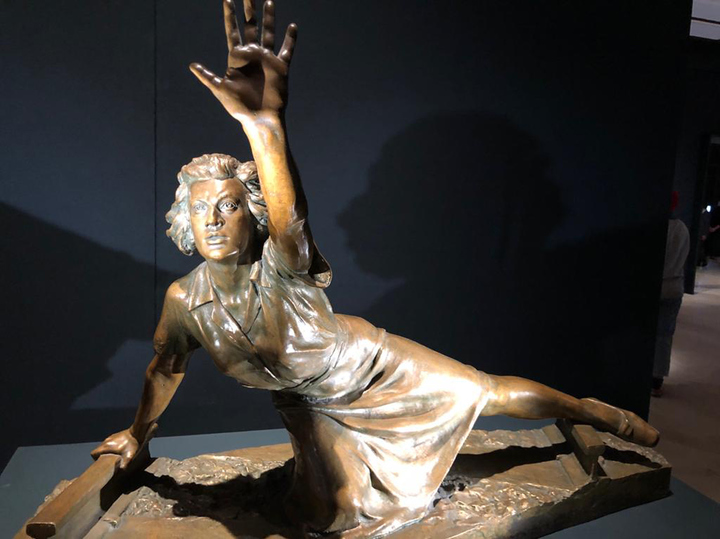
Soviet culture was heterogeneous and diverse, despite ideological attitudes and restrictions. Houses of culture – as a form and place of social creativity – created a space for self-expression of people who were supposed to be equal, but each time turned out to be infinitely individual, different from each other.
The whole exhibition “DK USSR” came out like this. Having set an impossible task – to embrace the immensity – he turns thematic labyrinths into a vinaigrette of very different phenomena. We added a little of this, a little of that – to create a general picture. But the picture turned out to be not general, but private – and particularities in the cultural history of the USSR turned out to be over the edge.
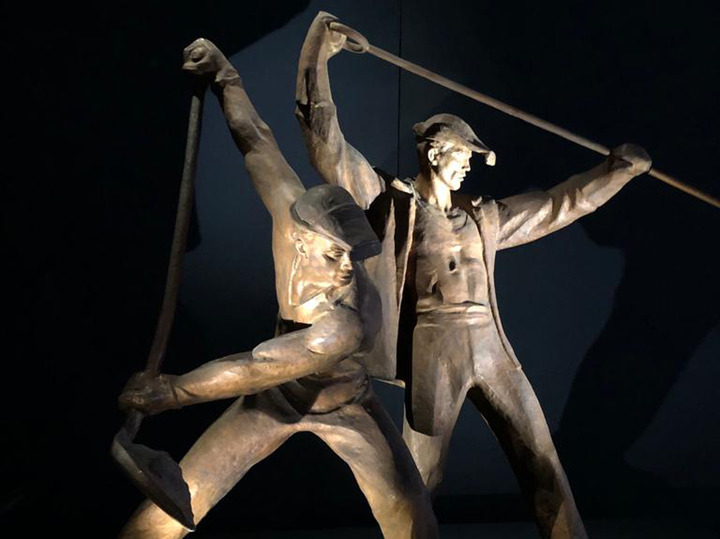
The decisive factor in the submission of the project is probably the architectural solution. Not so much the division into sections (as an attempt to systematize phenomena and demonstrate the idea of folk houses of culture), but the black and white color of the exhibition. As if in chess, we jump from a black field to a white one, trying to separate the light from the dark, but it turns out that one is inseparable from the other. There are white spots in the history of the USSR, including cultural history, and there are black ones. But one wouldn’t have happened without the other, so don’t paint history with just one color. This, however, is not directly voiced, but everyone understands by itself. That’s all the salt.
[ad_2]
Source link






